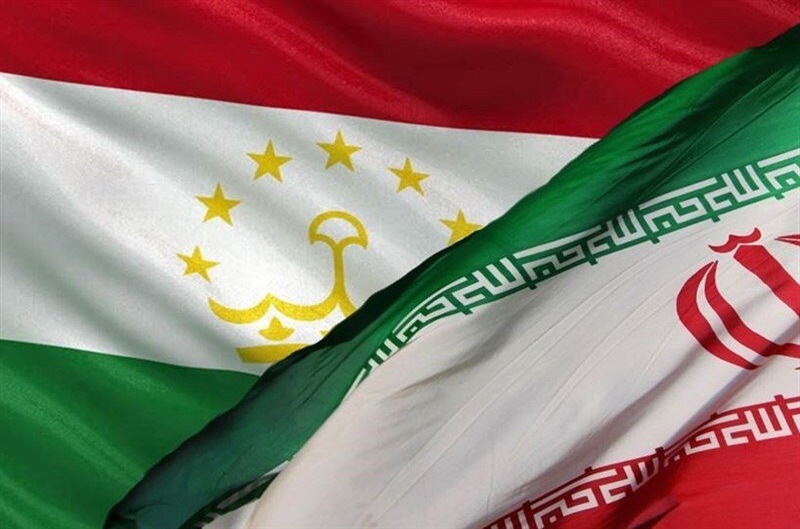
Tajikistan, a Persian-speaking country in Central Asia, shares deep historical and cultural ties with Iran. With a population of around 10 million and a growing economy—particularly in agriculture, industry, and mining—Tajikistan presents a promising market for Iranian exports. This report examines Tajikistan’s economic landscape, key import demands, supply capabilities, and trade conditions.
Geography & Population: A mountainous country bordering Uzbekistan, Kyrgyzstan, China, and Afghanistan. Over 70% of the population lives in rural areas.
Currency: Tajikistani Somoni (TJS) – 1 USD ≈ 11 TJS (fluctuating).
GDP: ~$11 billion (2023) with an average annual growth of 7%.
Key Economic Drivers:
Remittances (30%+ of GDP, mainly from migrant workers in Russia).
Agriculture (cotton, fruits, vegetables).
Mining (aluminum, gold, silver, uranium).
Hydropower (Nurek and Rogun dams).
Due to limited domestic production, Tajikistan relies heavily on imports of essential goods, industrial products, and consumer items. Key import categories include:
Foodstuffs: Edible oil, sugar, dairy products, rice, poultry, canned food, dried fruits.
Industrial Goods: Construction materials (cement, steel, polyethylene pipes), electrical appliances.
Healthcare & Hygiene: Medicines, medical equipment, cosmetics, detergents.
Agricultural Machinery: Tractors, harvesters, irrigation systems.
Mining & Energy Equipment: Drilling machines, power generators, solar panels.
Books & Publications (especially academic and religious texts in Persian).
Software & Digital Products.
Tajikistan primarily exports raw materials and agricultural products, including:
Cotton (a major regional producer).
Aluminum (from Tajik Aluminum Company – TALCO).
Dried & Fresh Fruits (apricots, grapes, apples).
Textiles & Apparel.
Land: Via Iran to Turkmenistan/Uzbekistan, then to Tajikistan.
Air: Direct flights from Tehran to Dushanbe (capital).
Sea-Rail: From Bandar Abbas to Uzbekistan, then overland to Tajikistan.
Tajikistan is a WTO member, with average tariffs of 5-10%.
Some goods (e.g., medicines, medical equipment) are tax-exempt.
High Transport Costs (due to transit through Uzbekistan).
Currency Fluctuations (dependency on USD and Russian ruble).
Competition from China & Russia (lower-priced Chinese goods).
Preferential Trade Agreements (tariff reductions for certain goods).
Demand for Foreign Tech & Investment (energy, mining sectors).
Growing Consumer Market (especially in Dushanbe and Khujand).
Despite logistical challenges, Tajikistan’s cultural affinity with Iran and high demand for essential goods make it a viable export destination. Recommended focus areas for exporters:
✅ Food & Agri-Products (dried fruits, dairy, edible oil).
✅ Construction Materials & Pipes.
✅ Medical Supplies & Pharmaceuticals.
✅ Light Industrial & Agricultural Machinery.
Strategic planning and partnerships with local distributors can enhance market penetration.
📞 Contact us for tailored trade advisory services on Tajikistan.